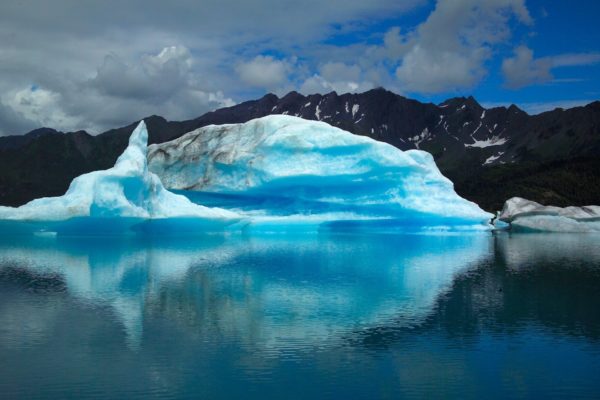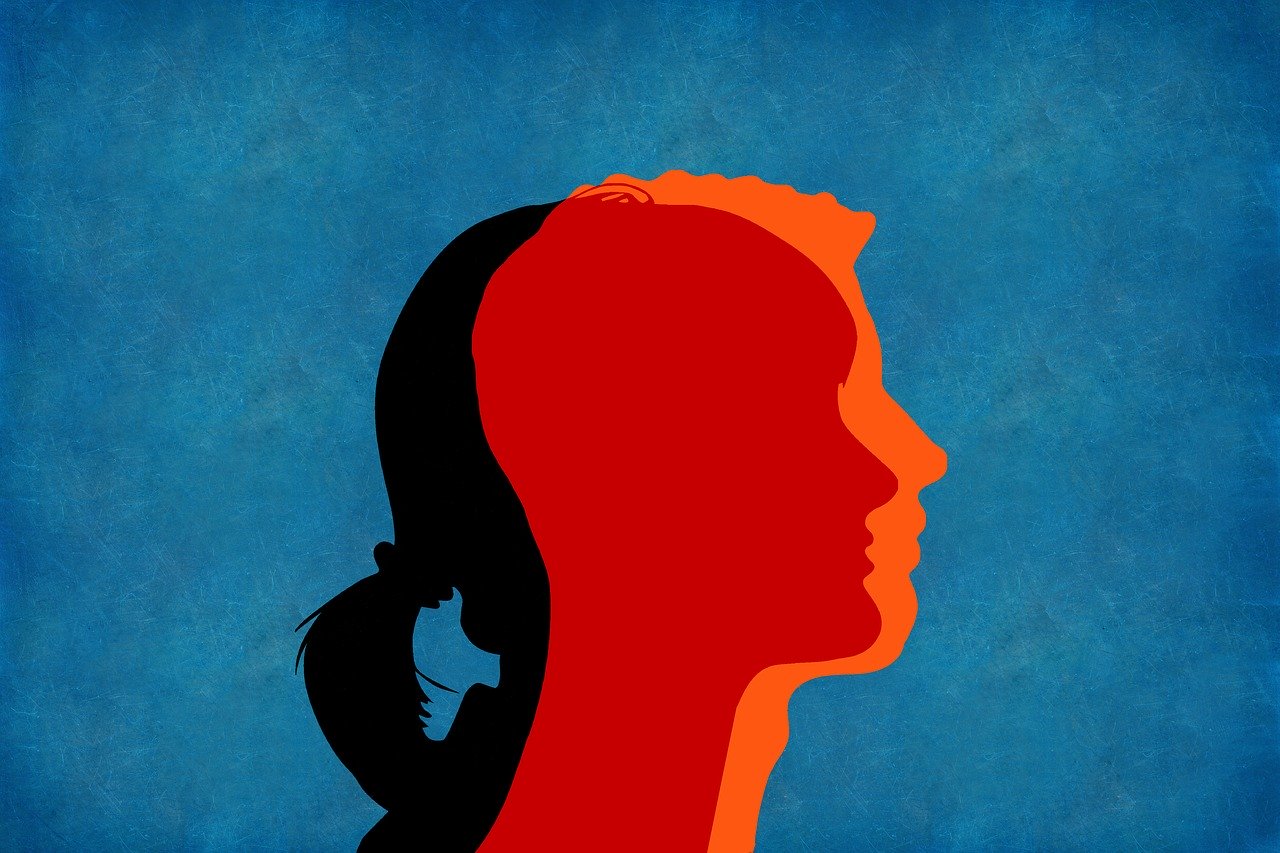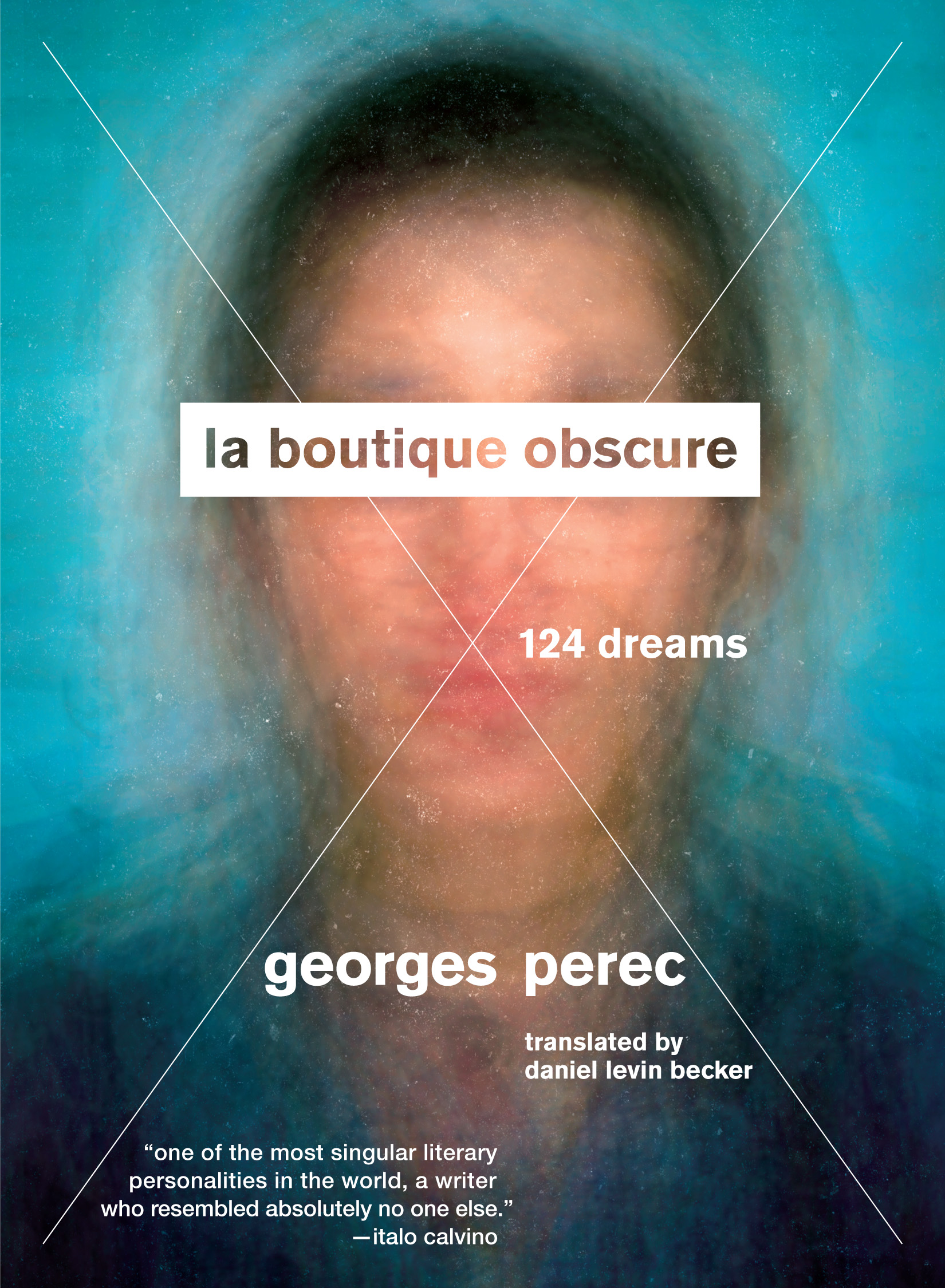It’s April here at the top of the world. The sun has returned to Utqiaġvik, the northernmost community in the United States, and temperatures hover above zero. I dared to shed some layers and left my snow pants hanging on their hook when I walked out the door for work this morning. Now, walking home from the elementary school where I teach 1st grade, the softer parts of my thighs burn cold beneath the thin cotton layer of my jeans. Above me, the sky stretches endlessly. No mountains or trees interrupt the horizon. The tundra is an equally unbroken expanse of white. I squint my eyes against the glare of sunlight and debate whether to take the shortcut across the lagoon. People have died crossing the lagoon too late in the season when the ice has begun to rot. Last year it was a friend’s cousin speeding across on his snowmobile. Before that, a couple of little girls who had gone out to play. I decide to risk it and step gingerly onto the ice. Temperatures are still below freezing, I remind myself, and there are worse deaths than drowning. Several minutes later, I reach the bank and climb clumsily through the uneven build-up of snow. Plows have already scraped the compacted snow from the roads, and an earthy scar stands in sharp relief against the white landscape. Looking past a few scattered homes, I see a dark smudge on the horizon line signaling open water on the ocean. I catch a whiff of saltwater on the breeze. In Iñupiaq, the language spoken here on the North Slope of Alaska, April is Umiaqqavik, the month of whaling. I have learned to measure my life in Alaska by the whale. I’ve looked through the clear lens of her eye; I’ve pressed against her body; I’ve tasted the pink and black of her flesh. I’ve gone down to see Sedna screaming through her long tangled locks, and I’ve risen back up.
Umiaqs, whaling boats made from wood and the stretched skins of bearded seals, wait restively for their whaling captains and crews in my neighbors’ yards. Inupiat hunters will soon travel out to the open water with whaling gear that has been passed down for generations to hunt the one truly arctic whale, the bowhead. The bowhead is a baleen whale with black skin and white markings around the chin. Their impressive heads, one-third the size of their bodies, are capable of cracking through thick sea ice to create breathing holes. Their head size and blubber thickness allows them to live year round in the Arctic waters, making the bowhead the bulwark of subsistence living on the North Slope. Rounding the corner of my street, I pass downwind of the mark of a successful hunt: fresh muktuk. Muktuk isn’t meat, as I had first thought. Muktuk is the thick layer of black, rubbery skin and the foot or so of blubber that insulates the whale’s meat and organs from the frigid waters. I smell the muktuk before I see it. The smell of whale is light but pervasive. It carries with it the smell of deepest ocean and coldest depths. Unlike the smell of fish with its sharp, musky odor, whale smells pure, fresh, and salty, like the taste of ocean water at the back of my throat, a mild burn in my nostrils. The wind blows gritty with loosened dirt from the freshly scraped roads, carrying with it the memory of my first whale.
Five years ago, I left the gentle foothills of the Blue Ridge Mountains in Asheville, North Carolina to live and teach in a Siberian Yupik village of approximately 700 people on St. Lawrence Island. The island sits in the middle of the Bering Sea, between Russia and the mainland United States. On a clear day, I could see the Siberian coastline from my apartment window. Before the ocean froze, my boyfriend, the one who had pushed for the move, and I could watch pods of whales spouting as they rounded the tip of the island on their seasonal migration. But my first whale sighting was more intimate. Our first day in the village, we left the apartment to explore and quickly discovered that the entire village was built on a vast field of pebbly gravel. We slogged through the wind and the gravel to the beach. Turning our backs to the small cluster of huddled buildings, we ventured along the shoreline into the unknown. Less than a mile from our apartment, a gray mountain of a whale lay on the beach with one square foot of skin and blubber cut from its side. Am I allowed to touch it? I wondered even as I reached first a finger, then the palm of my hand toward the dead mammal sprawled before me. Pressing against the whale’s smooth, cool skin, I inhaled its smell, marveled at the contact. My hand smelled like whale for days, even after washing. Holding my fingers to my nostrils, I would catch a hint of ocean beneath the stronger notes of peppermint soap. Later, when I asked why more of the whale hadn’t been used, I was told that it had been the wrong kind of whale.
More whales were brought in as the fall whaling season continued, before the ocean froze. I watched from the warmth of my baby-blue store-bought parka, standing awkwardly on the shore as men, women, and children hauled on ropes and flensed meat, carefully organizing the sections of the whale into predetermined piles based on traditions going back hundreds of years. I remember the ground stained so deeply red, my embarrassment when a man standing near me on the beach turned to me and said, “Women can claim their share now.” “Oh, I’m a vegetarian,” I answered, blushing beneath my face mask.
The following spring season, a young harpooner struck and killed a pregnant whale. The whale was brought onto the beach where she was left to rot because the villagers would not eat a pregnant whale. Her deepwater smell traveled miles through the village and down the hallways of our school. Teachers of older students took their classes out to see her as she swelled and bloated on the shore. My boyfriend was there with his high school students when her body finally ruptured, expelling the rotting fetus from her womb. The Inuit believe that the whale offers itself to the whaling crew. The whale is sacred; upon her death, hunters pour a drink of fresh water in her mouth to honor her and to appease Sedna, the goddess of the sea, to ensure that whales will continue to offer themselves.
Yet again, the wrong whale was caught.
That year, I, too, had the misfortune of being the wrong whale. I, too, added my blood and unborn child to frozen soil and icy waters. As the end of the school year approached, my boyfriend broke up with me, saying that I wasn’t as happy as I used to be. He confessed that he had been fooling around with the narcoleptic middle school teacher, that he didn’t love me anymore. I left in May, alone, when the school year finished. I fled even farther north, accepting a teaching position in a small Inupiat village of about 150 people. From my new living room window, I could see the Siberian coast and both of the Diomede islands on a clear day. The four other teachers and I sat around bonfires on the beach and watched caribou herds graze on tundra grasses growing on the mountain behind the school. I began to rebuild. I began to dream new dreams until, streaming apologies and promises, my ex-boyfriend flew out one weekend at the beginning of the school year and became my fiancé. He proposed, kneeling in the gravel of the landing strip as the pilot and co-pilot unloaded the tiny Cessna, setting aside mail and food orders for the village’s sole store. I knew even then how it all would end, but I threw my arms around him, eyes filled with tears, and whispered, Yes. From fall whaling season through the winter, I planned a wedding. We lived apart those months, and by the time spring whaling began and the ice opened, I knew we were through, that there was another woman. “I still love you,” he sobbed when I confronted him. “I’ll still marry you.” Word spreads quickly in Alaska, which is a big state but a small town, and I was offered a teaching position in yet another village, still farther north. This time, I moved as far as I could go, the northernmost community in the United States, where the Chukchi and Beaufort Seas meet.
Looking back, I can see that I unwittingly followed the migration of the bowhead as I fled from village to village. Unlike the whale, though, I moved reactively, allowing a continual sense of non-belonging to push me farther onto the ice. Three years later, the outer rim takes on the semblance of home. There are moments of clarity. I discover that my roommate has my father’s birthday tattooed on his chest; my heart synchronizes with the drumming at the Kivgik celebration; I follow in the steps of an Arctic fox on my morning walk to school; a student blows me a kiss from her seat in the lunchroom. Living in Utqiaġvik, I learn more about the bowhead. I take classes with local scientists and listen to talks by whaling captains. I hold the heavy brass dart gun and the whaling harpoon in my hands. I peer into a formaldehyde jar and examine a bowhead fetus, the size of two of my thumbs pressed together, but so much like its mother with its oversized head, and I wonder if the mother had known she was pregnant when she died.
In one class, a scientist gathered the small group, all teachers at the local elementary school, around a table. “We don’t have a lot of these,” he said pulling out two ziplock baggies slimy with clear goo, a spherical object roughly the size of my fist in each bag. “In fact, we’ll just do the one,” he decided, putting the second bag away and taking the object out of the first bag. “Here, you can pass this one around and look at it,” he said, placing it in my hand. “What exactly is this?” I asked no one in particular, holding the semi-frozen object. “An eye,” someone answered. “The eye of a bowhead.” It was cold and solid, relatively small considering the size of the average bowhead is about the size of a school bus. I passed it on to the teacher next to me, who handed it back to the scientist. He pulled a knife from his belt, pressed the blade against the middle of the eye on the table in front of us, and leaned his weight onto the blade. “It’s still kind of frozen, he explained, “but I don’t want to…” His words drifted off as he broke through the outer husk and swiftly but gently slid through an inch or so of gelatinous tissue. “Ah, here it is.” A perfectly formed translucent sphere popped from the incision and rolled toward me on the table. It was beautiful. “What is it?” I asked. “A lens,” he answered. “Can I touch it?” He nodded. It felt like a small glass marble. Holding it up against my own eye, I looked and saw the room, the scientist, and my fellow teachers through a murky haze. Things turned fuzzy, oversized, and distorted; the world felt quiet.
Whale tastes how it smells. I spent years turning down opportunities to eat bowhead and beluga at cultural events. When one of the mothers of my students brought muktuk to our classroom as a gift from her husband’s crew, I was the only one to refuse. When my roommate’s boyfriend came for Thanksgiving, he brought cooked muktuk that his sister had prepared. It was cut into careful rectangular pieces, beautifully pink and black. Surprising myself, l took a single piece and set it on my plate alongside the vegetarian stuffing, mashed potatoes, and cranberry sauce. My roommate hovered over me. “Did you eat it?” he hounded. “I don’t want you to waste it. Give it to me if you’re not going to eat it.” Finishing the rest of my meal, I slipped away into the bathroom, the one private place in our apartment this particular Thanksgiving. The decision to taste the whale, to consciously consume her flesh, felt ceremonial, and I wanted to have my experience apart from anyone who might think to appraise it. I sat on the shaky white plastic lid of our toilet and put the sliver of black skin and pink blubber in my mouth. I held it in the pocket of my cheek, testing it with the tip of my tongue. I gently moved it between my teeth and bit down. I was surprised by how easily my teeth cut through the flesh. I felt the taste in my nose before I registered it on my tastebuds. The muktuk tasted of salt water and seaweed.
There are many myths surrounding Sedna, the goddess who created and protects marine mammals. In one version I was told, Sedna marries a shapeshifter who flows between human and dog form. Her father denies the marriage and insists she marry another man of his choosing. When she refuses, he takes her out to sea in his umiaq and throws her into the water. Clinging to the side of his umiaq, Sedna begs him to pull her back inside. Pulling out his knife, her father chops the fingers from her hand, and she falls back into the water. In some tellings, Sedna’s fingers transform into the various arctic marine mammals. In others it’s her blood that transforms. Goddess of the sea and its creatures, Sedna determines if hunters will catch walrus, seals, and whales to feed their families when they go out hunting. She is a capricious goddess and must be appeased.
Like Sedna, I have known betrayal. Like her, I have bled here. Rather than bearing animals, my blood has birthed stories. She is the unforeseen but fated conclusion of my seemingly aimless wandering. And it is the whales who led me to her. In the depths of these arctic waters, I come to her. Her tangled tresses are enmeshed with chunks of ice, sea stars, and wild greens. I look into her dark troubled eyes and hold her mutilated hands in my own. Full of compassion, I wrap my arms around her water logged body and whisper, No.
Megan Donnelly lives and teaches in bush Alaska. She has involuntarily landed a plane, eaten whale from the Chukchi Sea, and witnessed polar bears dumpster diving. Her writing can also be found at The Rumpus.




